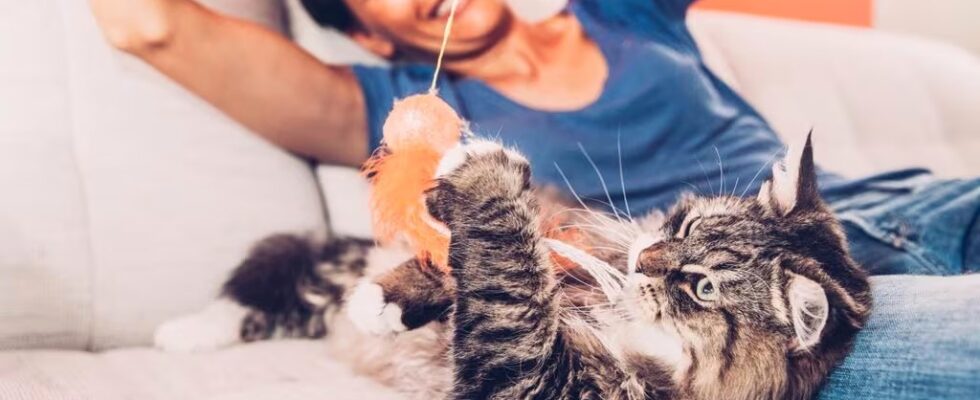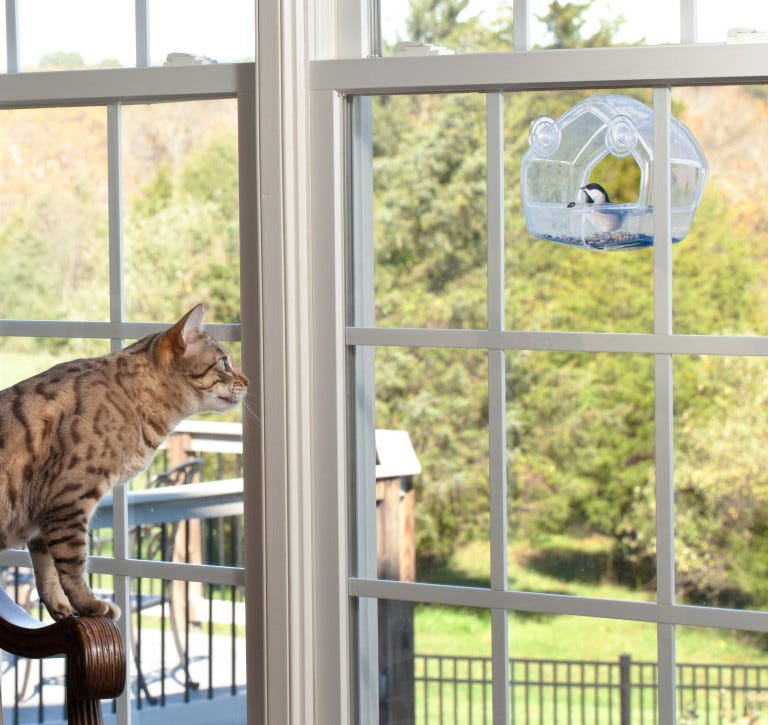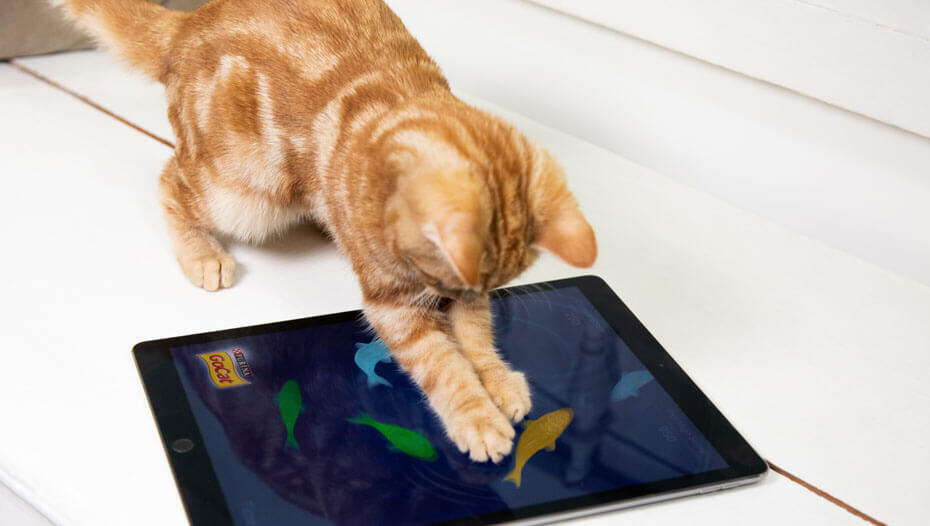As an industrial mechanic and an authority website owner, I’ve seen my fair share of challenges, both in the workplace and at home. One particular home challenge that many cat owners face is keeping their feline friends entertained when they’re not around. It’s not just about keeping them busy; it’s about ensuring they don’t engage in destructive behaviors, like spraying.
1. Create Interactive Play Zones
Before heading out, set up interactive play zones that challenge your cat both mentally and physically. Use puzzle toys filled with treats or invest in automated laser toys that move in unpredictable ways. This keeps them engaged for longer and offers them a variety of play options.
If you’re looking for effective ways to prevent unwanted behaviors like spraying, understanding the root cause is essential. For those who need expert advice on this, I’d recommend checking out this insightful guide on cat spray stop I recently reviewed. It’s packed with actionable tips.
2. Introduce Vertical Spaces
Cats love to climb and observe their territory from a higher vantage point. Tall cat trees, shelves, or even wall-mounted platforms can give them this elevated space. It also helps reduce stress and increases their territory, which can reduce instances of spraying or other territorial behaviors.
3. Make Use of Catnip
Catnip is a natural herb that many cats find irresistible. Sprinkle it over their toys, scratching posts, or even their bedding. It acts as a stimulant and can keep them entertained for hours. However, remember not all cats react to catnip, so observe your feline to see if it’s effective.
4. Window Perches and Bird Feeders
Set up a comfortable window perch for your cat where they can sit and watch the world outside. To make it more interactive, place a bird feeder outside the window. It’s like TV for cats, and they can spend hours just watching the birds and other critters. Moreover, creating a positive association with a window spot can help shift their focus and reduce anxiety-related behaviors. To understand the importance of building a bond, consider reading this article on how to build a strong bond with a shy cat.
5. Scheduled Feedings
Instead of free-feeding your cat, try using food-dispensing toys that require your cat to think and act to get their food. This not only provides entertainment but also gives them a bit of a workout.
6. Use Essential Oils (Safely)
Some essential oils, when diffused, can create a calm environment for your feline friend. Lavender, for instance, has calming properties. Before using any essential oil, ensure it’s safe for cats. If you’re unsure, many comprehensive resources online discuss safe essential oils for pets, like this one on essential oil recipe for cats.
7. Rotate Toys Regularly
Cats, like humans, can get bored with the same toys. So, every few days, swap out the toys they have available. This constant rotation makes old toys feel new and exciting again.
To wrap things up, ensuring your cat is entertained while you’re not at home is critical for their mental and physical well-being. Addressing their need for stimulation can also prevent undesired behaviors, such as spraying. By following the tips mentioned, not only will you have a happier cat, but you’ll also come home to a more peaceful environment. And if you ever face challenges in understanding or bonding with your feline, never hesitate to dive deep into the myriad of resources available. Your furry companion deserves the best.
The Importance of Feline Enrichment
While toys and play zones are essential, understanding the concept of feline enrichment goes beyond just physical activity. Enrichment involves engaging all of the cat’s senses and providing them with a stimulating environment that mimics their natural habitat. This can mean introducing new scents via safe plants or essential oils, playing bird or rodent noises, and even setting up a small fish tank (safely out of paw’s reach!) for them to observe. The more we can replicate the diverse stimuli they’d encounter in the wild, the happier and healthier our indoor cats will be.
Tackling Separation Anxiety in Cats
Many might associate separation anxiety primarily with dogs, but cats can experience it too. If your cat becomes overly clingy before you leave, meows excessively, or even shows destructive behavior in your absence, they might be suffering from separation anxiety. Addressing this requires a multi-pronged approach. Firstly, create a routine. Cats thrive on predictability, so try to leave and return home at similar times each day. Secondly, make your departures and arrivals low-key. Avoid long, emotional goodbyes or enthusiastic hellos. Over time, your cat will learn that your departures aren’t something to be anxious about.
Embracing Technological Solutions
In today’s digital age, we’re fortunate to have access to numerous technological tools to keep our pets entertained. From automated feeders that provide food at specific times to interactive toys that move or make sounds in response to your cat’s actions, technology offers various solutions to ensure your cat stays stimulated. There are even apps and games designed specifically for cats, where they can “hunt” digital critters on a tablet screen! While these shouldn’t replace physical toys or human interaction, they can be a great addition to your cat’s entertainment repertoire.




